From Swamps to Swank: A Brief History of Gramercy Park Hotel and the Garden’s Highly Coveted Keys
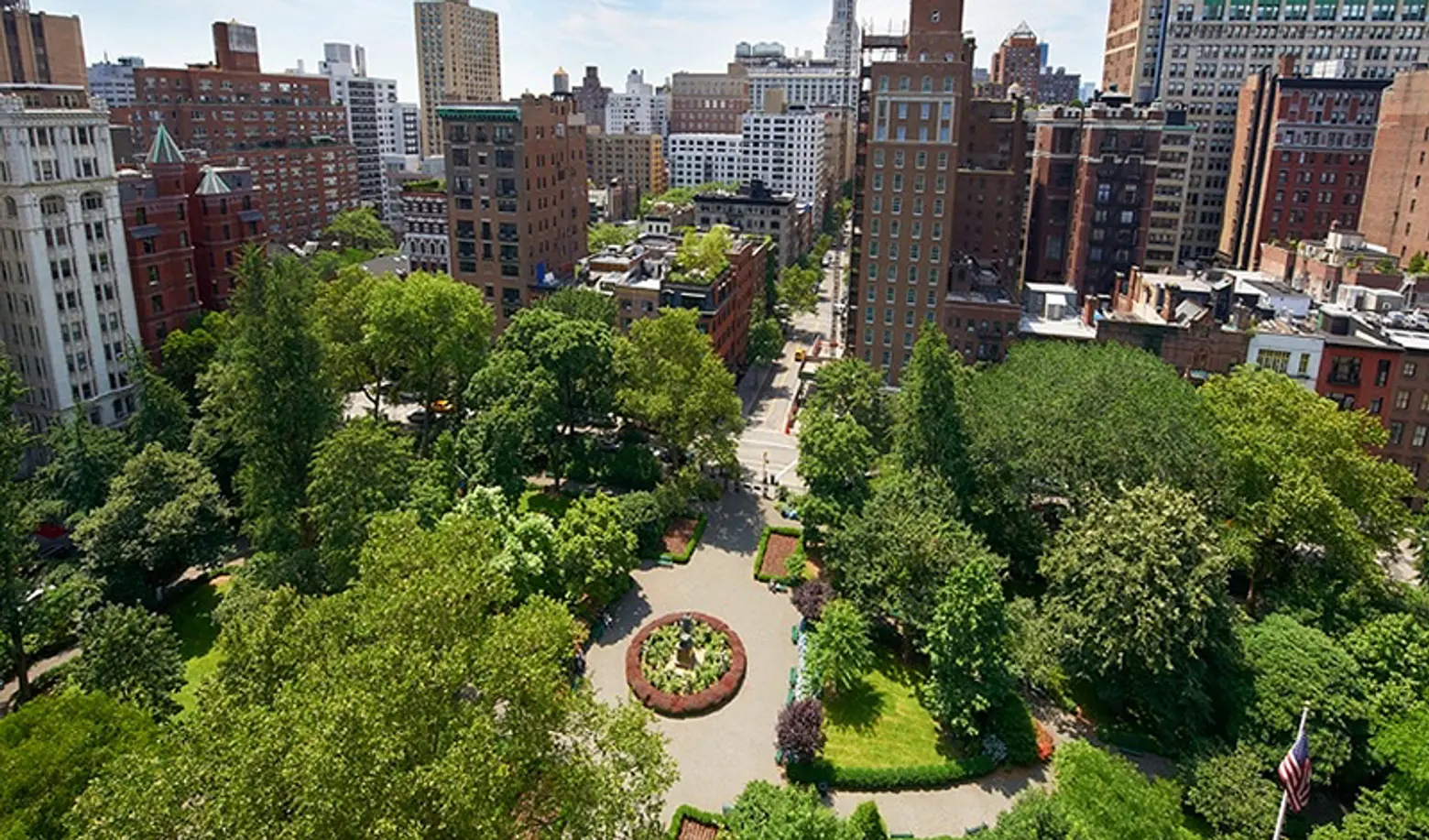
With a prime location overlooking Gramercy Park, accessible solely to those with keys, the 183-year-old Renaissance revival Gramercy Park Hotel was built on the site of infamous architect Stanford White’s home (which had replaced the house where novelist Edith Wharton was born) nearly 90 years ago. The neighborhood, the park, and the hotel date as far back as the 1830s, when more than 60 swampy lots were allocated to developers looking to lure downtown city folks to a new “uptown” community. In time, those lots were transformed into what is now 39 dwellings surrounding a leafy park reserved for a select few lucky enough to live in luxurious homes framing the two-acre park between 20th and 21st Streets at Irving Place. But it wasn’t until 1925 that the stately hotel opened its doors at 2 Lexington Avenue. By 1930, it was extended westward along the park frontage on 21st street, and today it is one of the city’s most coveted quarters.
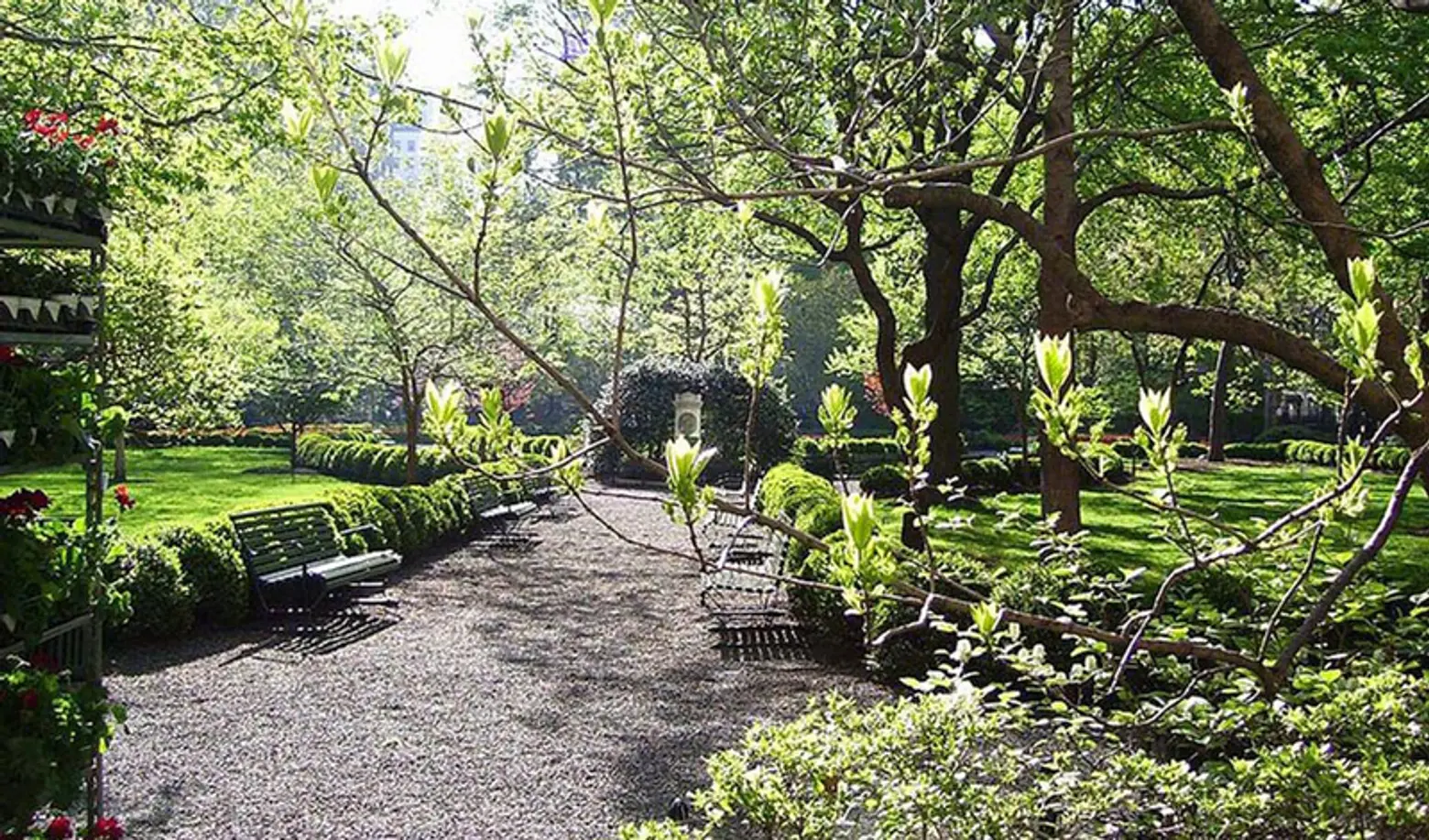
Some might argue that the hotel continues to enjoy remarkable fame because of its close proximately to the park. Yes, the park is the last of Manhattan’s private parks and has the honor of being listed (with its surrounding homes) on the National Register of Historic Places, and for all but one Saturday afternoon each May (to enjoy spring’s new blooms), and briefly on every Christmas Eve (for caroling and hot chocolate), only those who live in dwellings circling the park have keyed access via an annual fee. But the hotel’s allure is so much more than that.
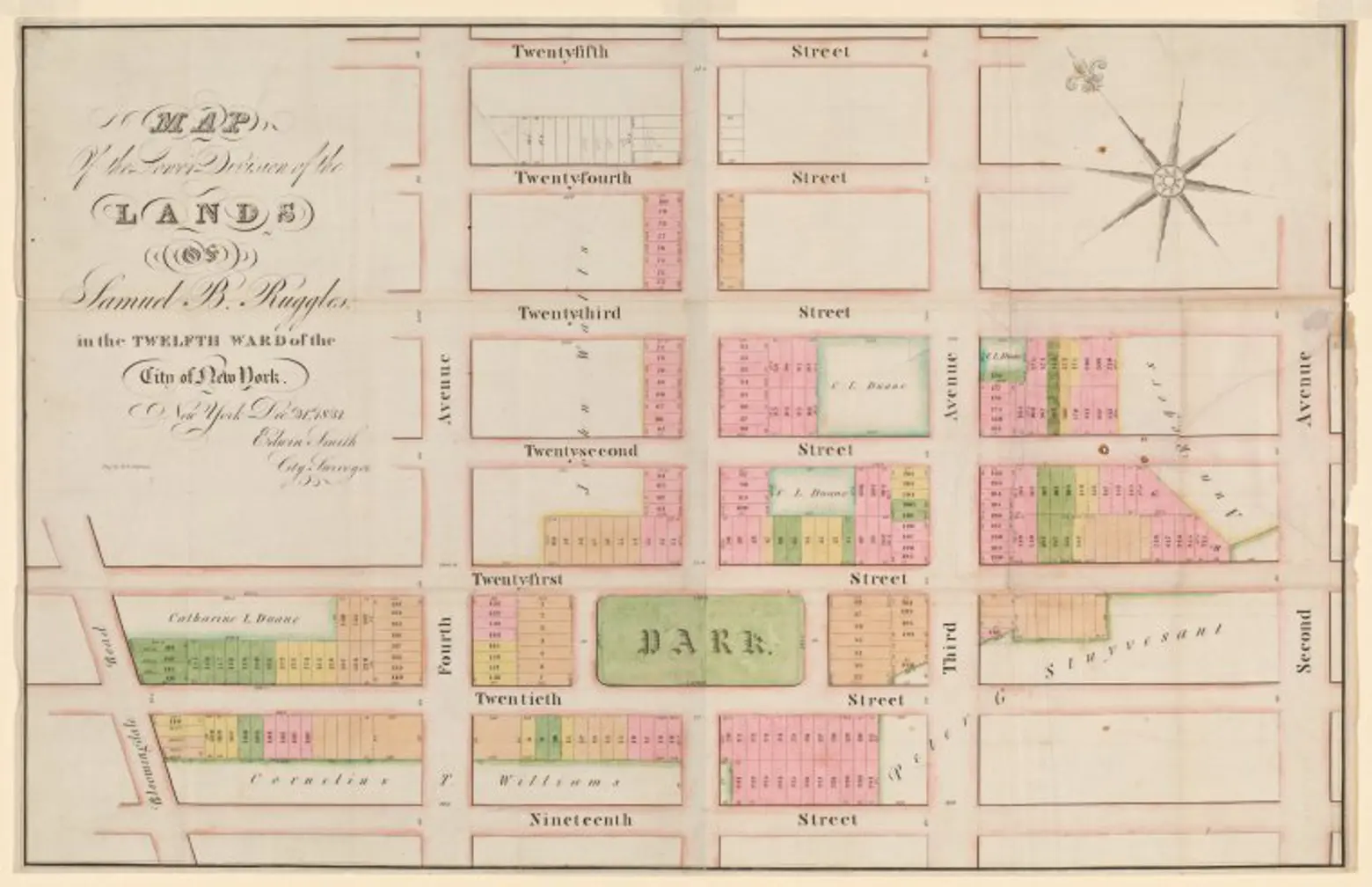 Image courtesy of the NYPL Digital Collections
Image courtesy of the NYPL Digital Collections
Gramercy Park as a neighborhood got its start in 1831 when real estate developer Samuel B. Ruggles drained the swampy marsh area after purchasing the land from the descendants of James Chatham Duane, a West Point graduate, Civil War patriot and our city’s 44th mayor. Initially known as Gramercy Farm, Ruggles began developing what would become Manhattan’s last private park with its first planting taking place in 1844. The park’s lush landscaping and surrounding wrought iron gates were completed about 15 years later. In 1916, additional plantings were added, as was a statue of the noted 19th-century Shakespearean actor Edwin Booth, who founded the Player’s Club (now the National Arts Club) at 15 Gramercy Park South (our city’s largest Victorian mansion). A bronze sculpture, “Fantasy Fountain” by Greg Wyatt was installed in 1983.
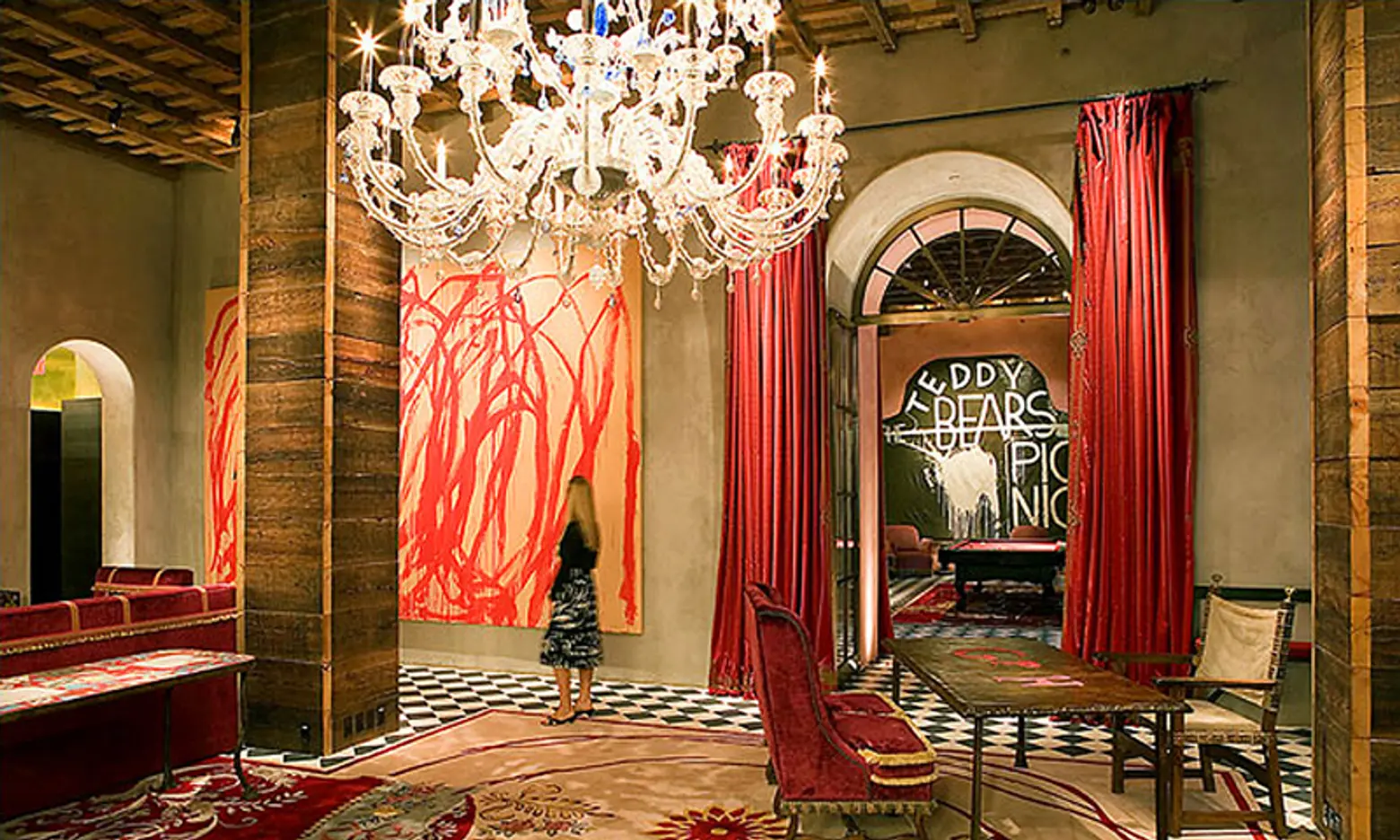 The Gramercy Park Hotel Lobby. Image courtesy of the hotel
The Gramercy Park Hotel Lobby. Image courtesy of the hotel
From the early 1950s, the 509-room hotel was owned and quietly run by the Weissberg family. Sadly, in 2002, CEO Steve Weissberg’s brother David jumped 18 stories to his death from the hotel’s roof. Adding to a slew of family tragedies throughout the years, the suicide soon resulted in its owners abruptly shutting the hotel down months later—even after well-known hoteliers (André Balazs, for one) swept in barely a week after David Weissberg’s death in hopes of purchasing the property. But in 2004, Ian Schrager, hotelier and co-founder and operator of the infamous nightclub Studio 54, with real estate developer and art collector Aby Rosen of RFR Holding, purchased the hotel and collaborated with a team of geniuses that included Oscar-nominated film director and artist Julian Schnabel (he designed and curated much of the hotels furnishings, paintings and sculptures) and British-born architect John Pawson (celebrated for designing Calvin Klein’s flagship store on Madison Avenue and the first monastery to be built in the Czech Republic in more than a half a century). The team redesigned and restored the hotel that would include 23 condominiums in separate section known as 50 Gramercy Park North.
Celebrity Residents
The hotel’s success can also be attributed to its storied celebrity past, which includes Humphrey Bogart not only choosing the rooftop terrace in 1926 as the perfect venue for marrying his first wife, stage actress Helen Menken, but living there after their nuptial. The Kennedy clan also took up residence for several months in 1927 (President Kennedy was 11 years old at the time) and Babe Ruth imbibed potent potables at its wildly popular bar in the 1930s.
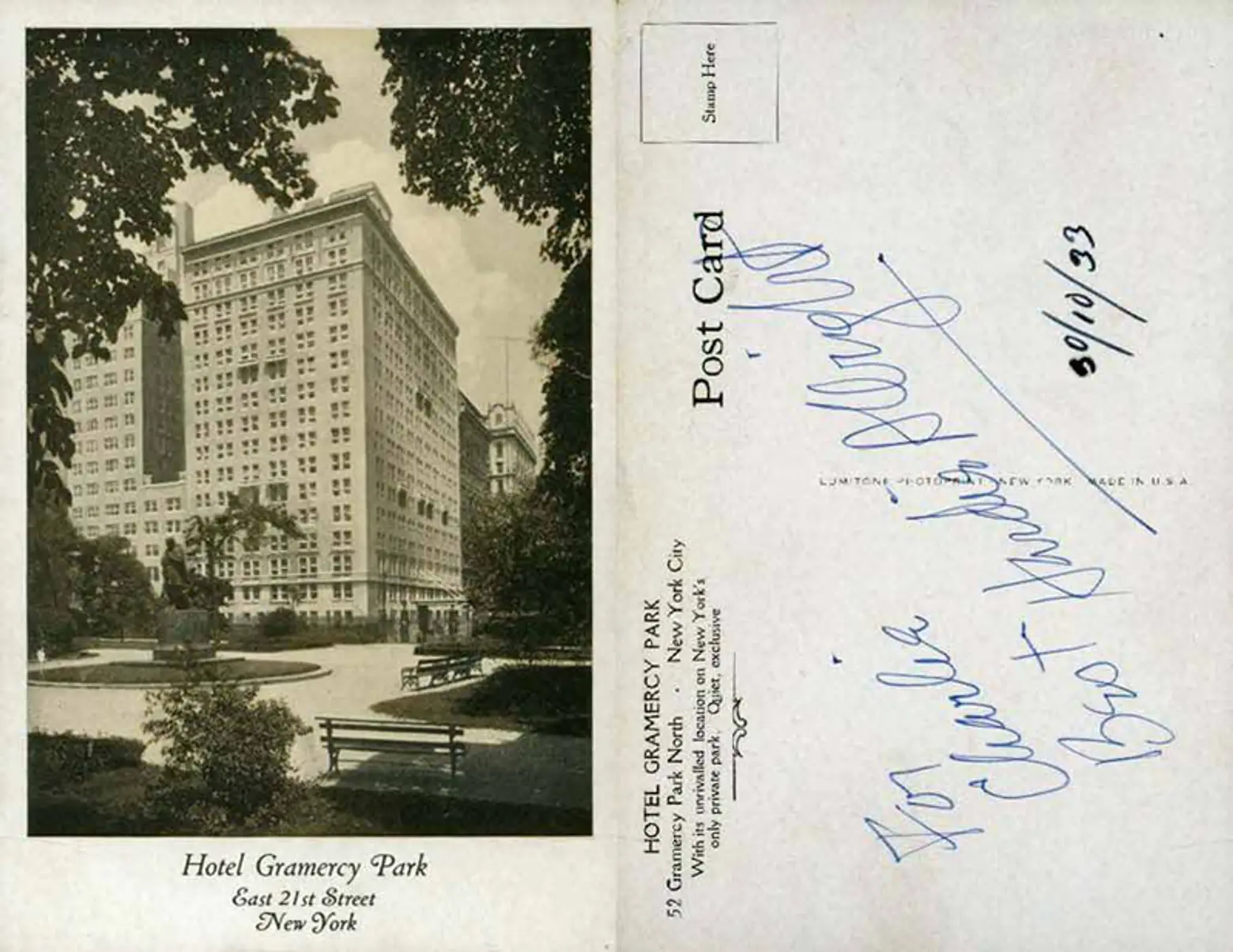 A 1930s Gramercy Park Hotel postcard. Image courtesy of Metropolitan Postcard Club
A 1930s Gramercy Park Hotel postcard. Image courtesy of Metropolitan Postcard Club
Throughout the decades there were other illustrious long-term residents: husband-and-wife authors Mary McCarthy and Edmund Wilson in the 1940s; author and screenwriter S. J. Perelman (“Horse Feathers” and “Monkey Business” for the Marx Brothers with an Oscar for penning “Around the World in Eighty Days”) lived and died (1979) in room 1621 of natural causes; romantically involved but not married Debbie Harry and Christ Stein of Blondie’s fame in the 1980s; and a new-to-the-scene band called U2, just years later.
The Rolling Stones also stayed at the hotel after their first American tour in the 1964, and throughout the years, visitors could easily spot other musicians such as Bob Dylan, the Beatles and Bob Marley roaming through the hallways and bars, too. With red-carpet musicians frequently visiting or living at the the hotel almost any day of the week, director Cameron Crowe made sure the hotel’s lobby was used as a backdrop when he filmed “Almost Famous”—that now forgotten film which garnered actress Kate Hudson an Oscar nomination in 2001.
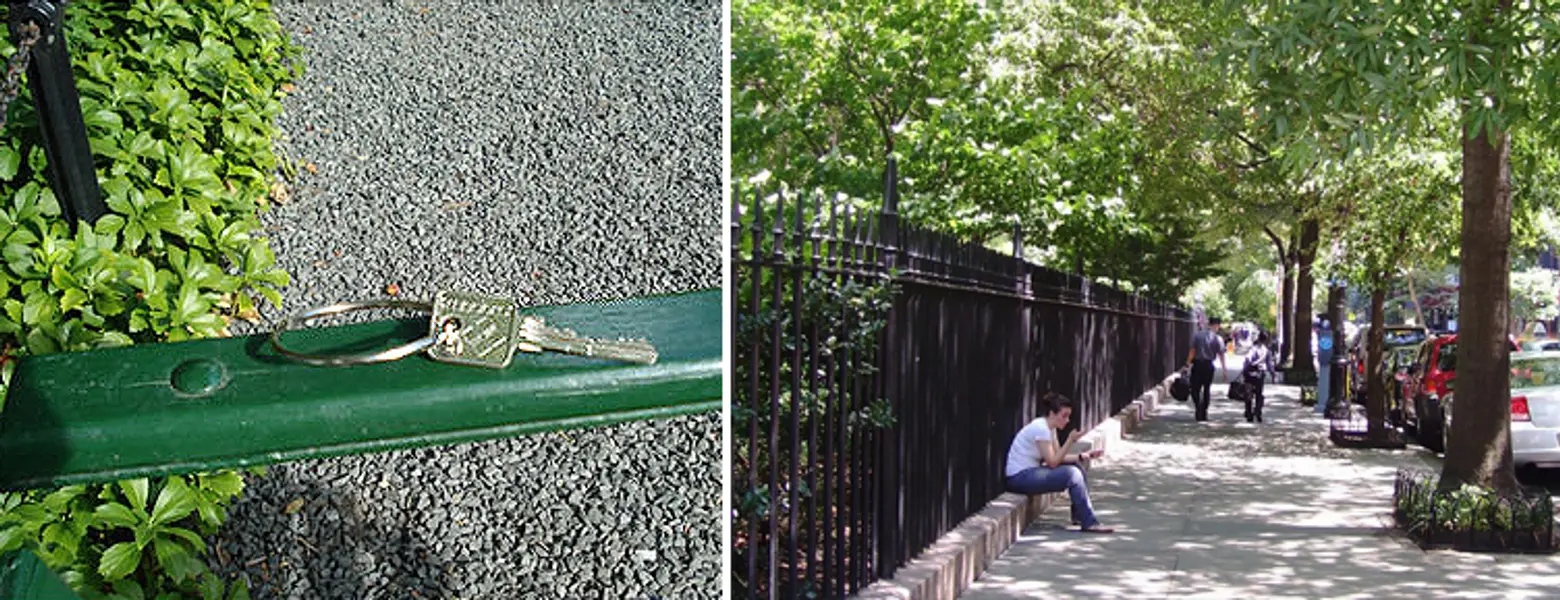 One of the coveted keys (left); The gate that surrounds the park (right)
One of the coveted keys (left); The gate that surrounds the park (right)
Other interesting factoids:
- In 1863, the park was opened to Union soldiers as an expression of gratitude for protecting the park during the Civil War; a through-the-park cable car connecting Irving Place to Lexington Avenue was suggested in 1890, but immediately nixed.
- The nearly 26-foot-high “Janey Waney” mobile created by Alexander Calder in 1969 could be viewed inside the park for three years before it was put up for sale at the European Fine Art Fair in the Netherlands this past spring for about $20 million.
- The city’s oldest surviving co-op (34 Gramercy Park East) built in 1883 and lays claim to having the last hydraulic elevator in the city before it was electrified in 1994
- Two American presidents, Teddy Roosevelt and John F. Kennedy, often played in the park as young children.
- Twelve of 380-plus coded and numbered keys belong to the hotel, and many of the others are building keys managed by doormen or concierges and signed out by residents. The rest are so-called “personal” keys issued at a cost of $350 a year to those who would prefer not to share a key.
- Replacing a lost key will set you back $1,000.
- The locks and keys are changed every year, and the four gates to the park are self-locking. You will need the key for exiting as well as entering.
- Because of the number of keys being replicated without permission in years past, the keys are specially manufactured for Gramercy Park’s shareholders by Medeco. The keys are supposedly impossible to duplicate.
- Key-holders are allowed to bring a maximum five guests into the park at a time.
So, do you see yourself as part of Gramercy Park’s story? Currently, a number of for-sale units are listed with several brokerages including the Corcoran Group, Sotheby’s International Realty and Douglas Elliman.
[At CityRealty]
Interested in similar content?
Leave a reply
Your email address will not be published.
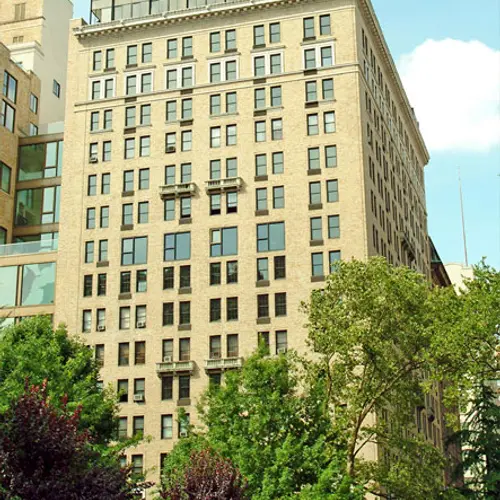
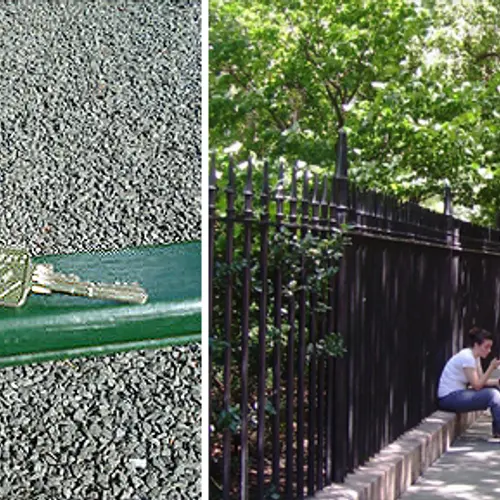
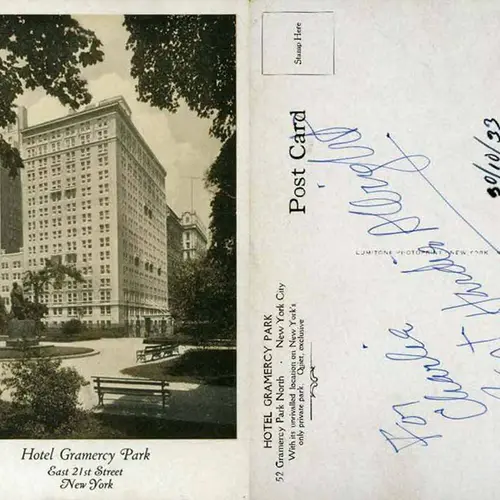
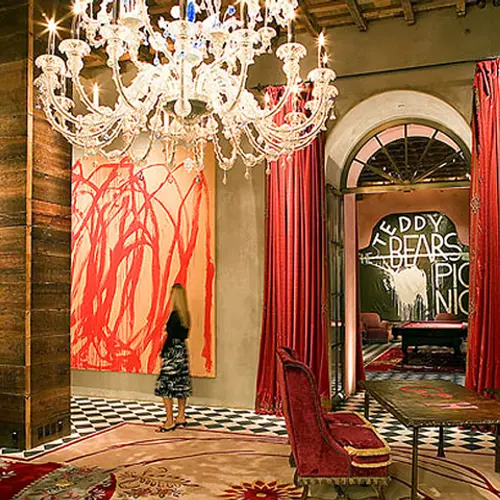
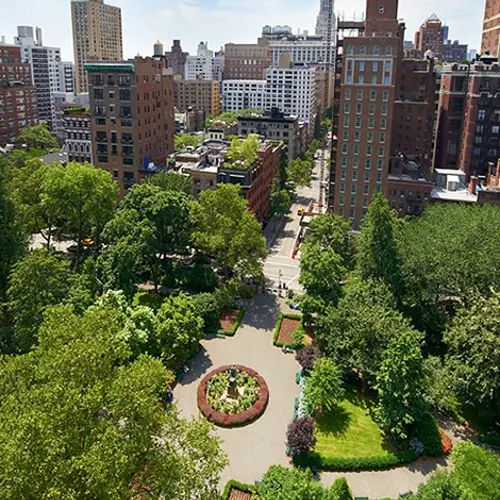
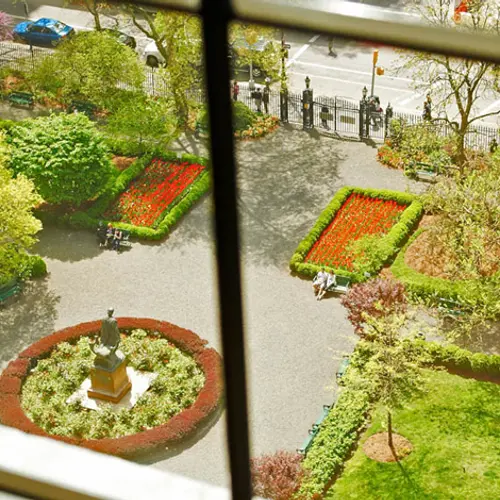
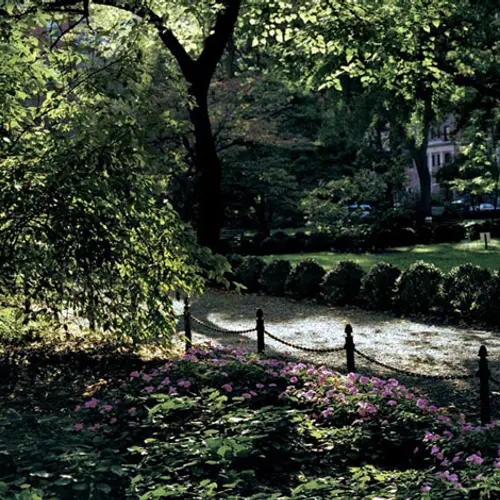
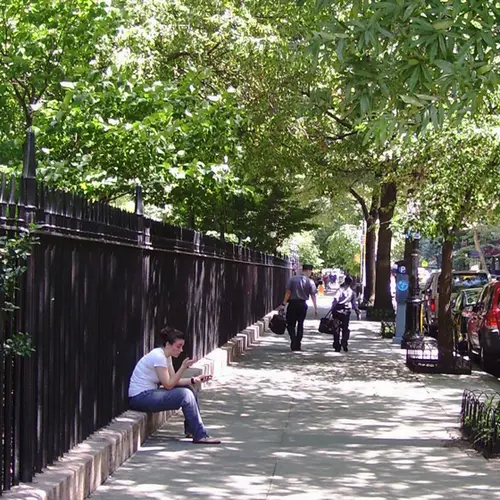
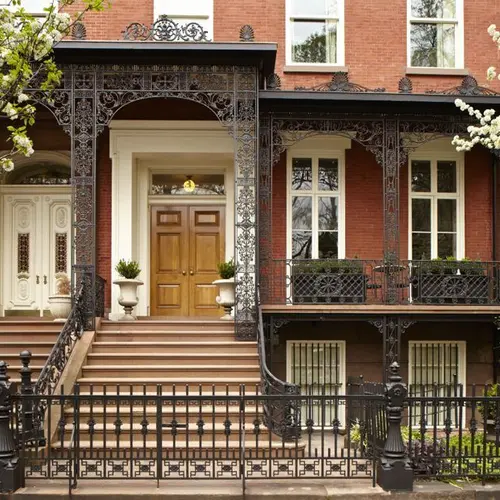
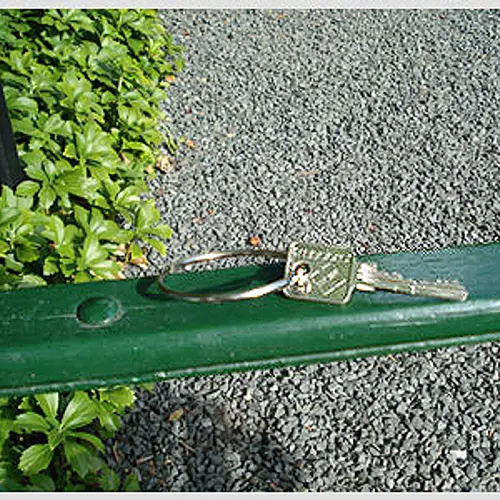
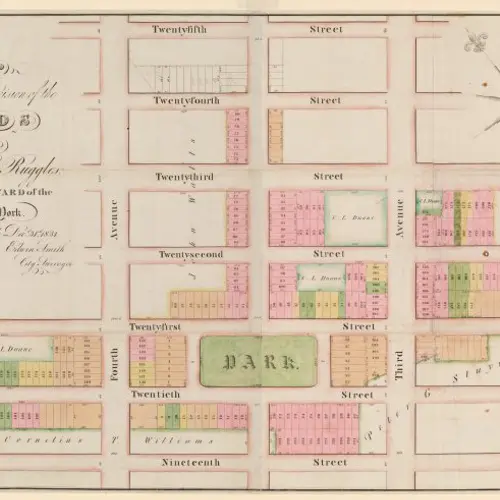
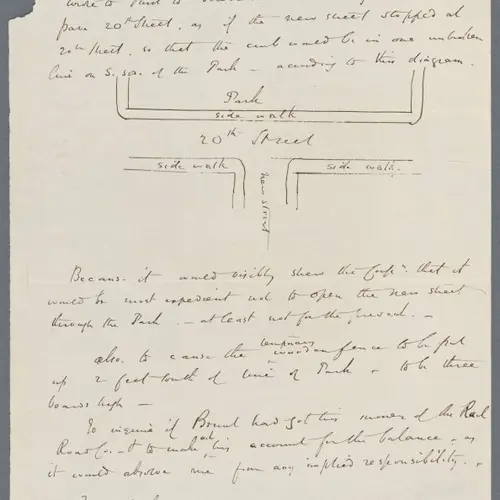
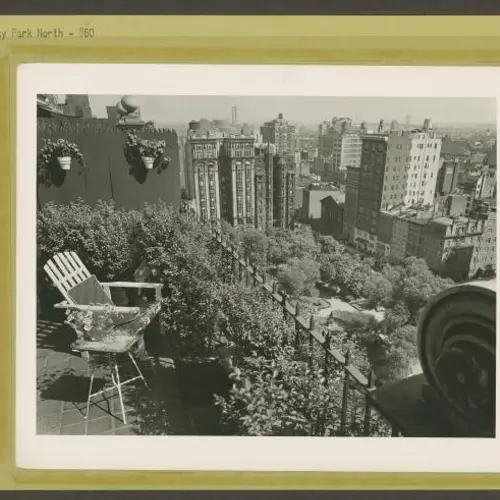
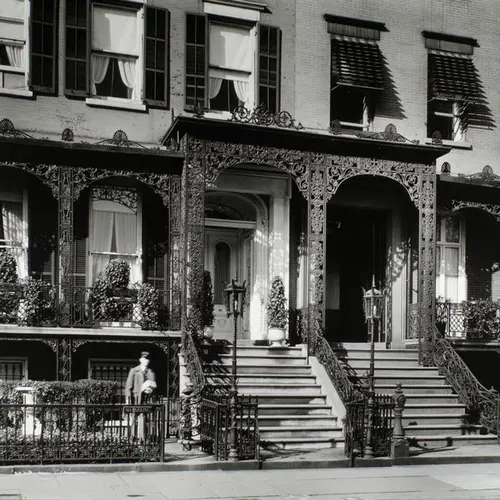
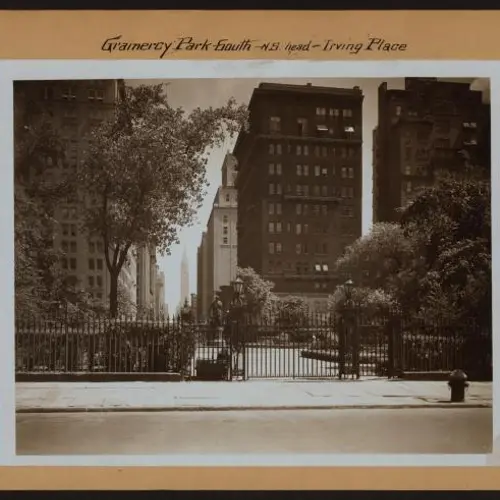
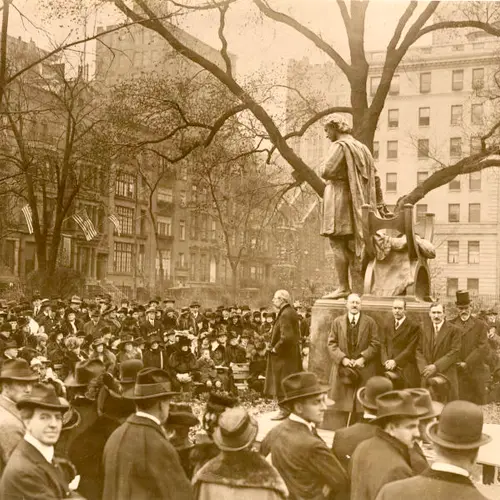
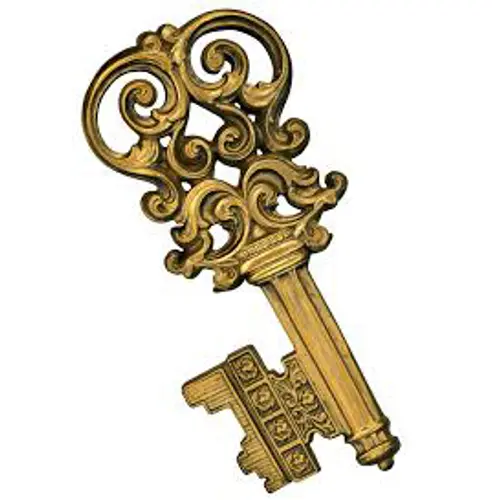
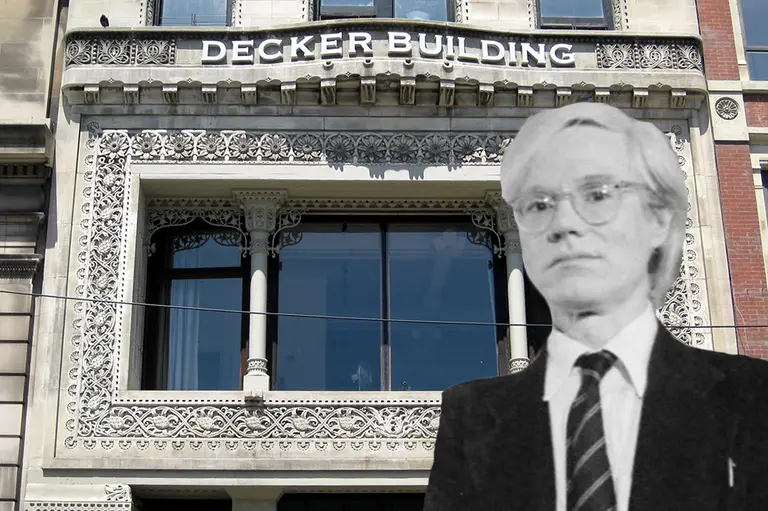
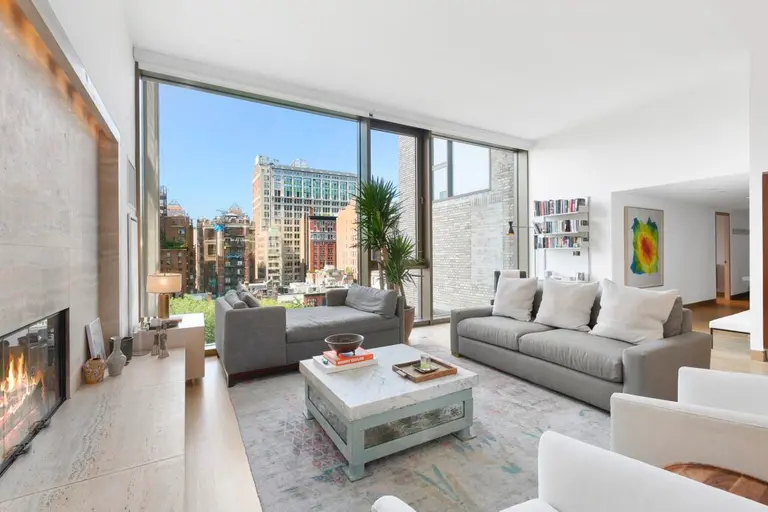
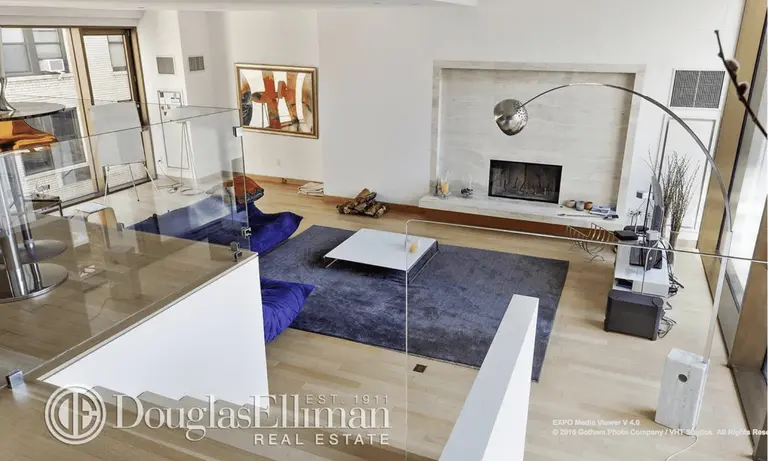

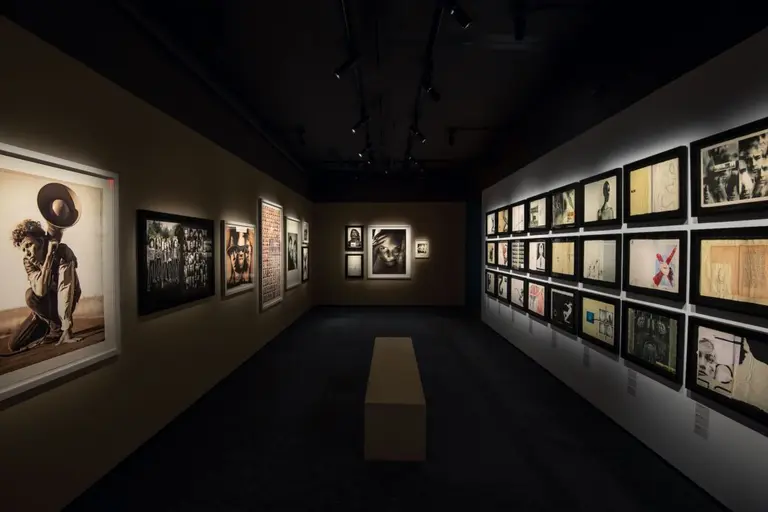
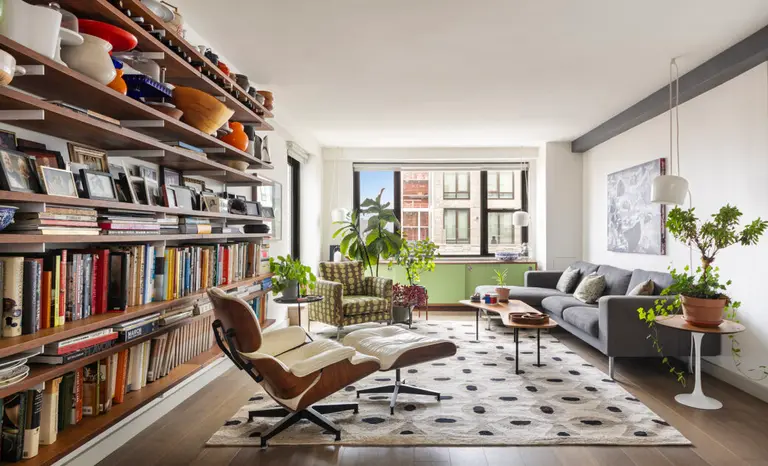





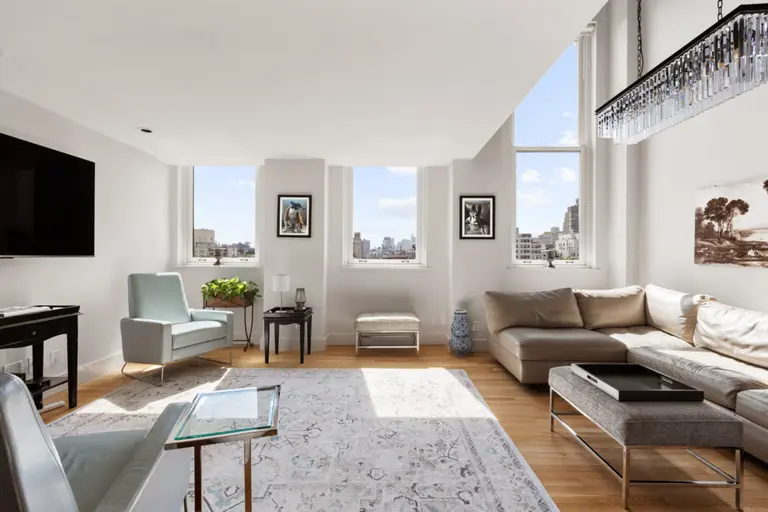
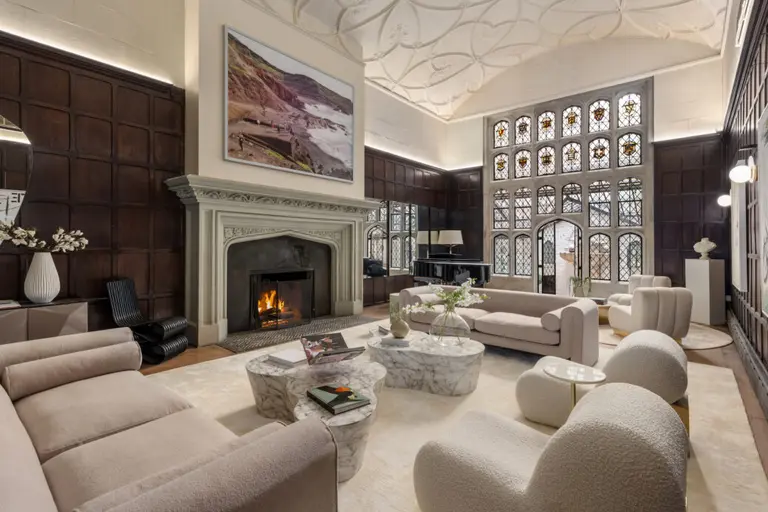
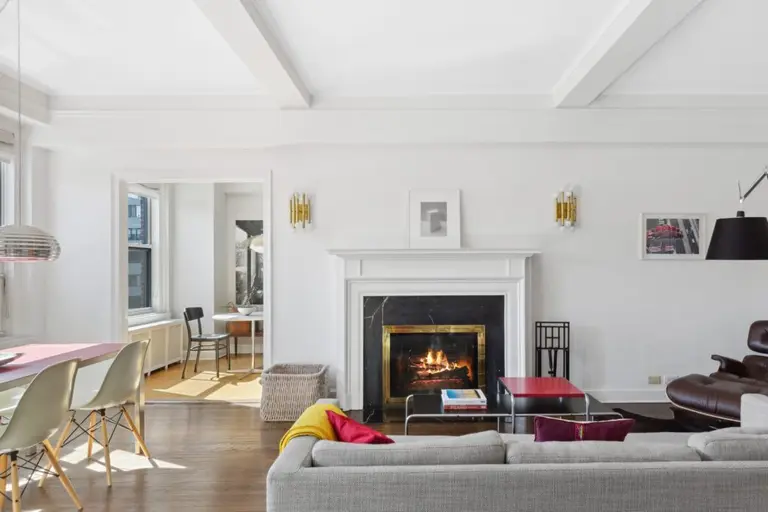
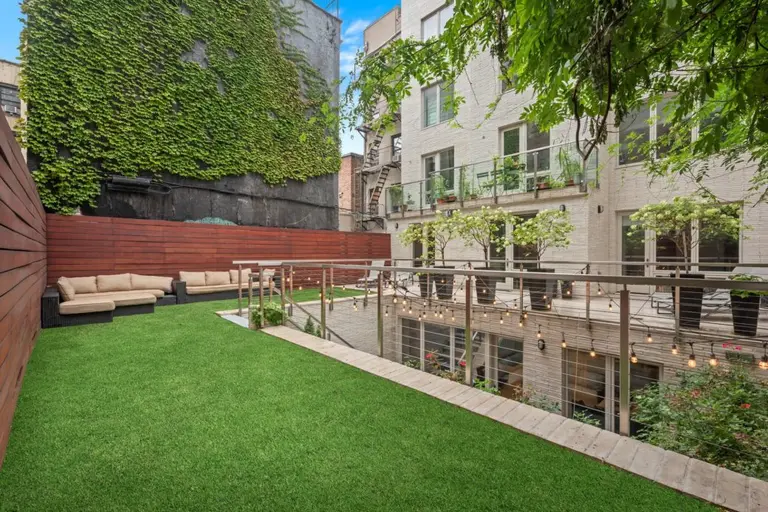
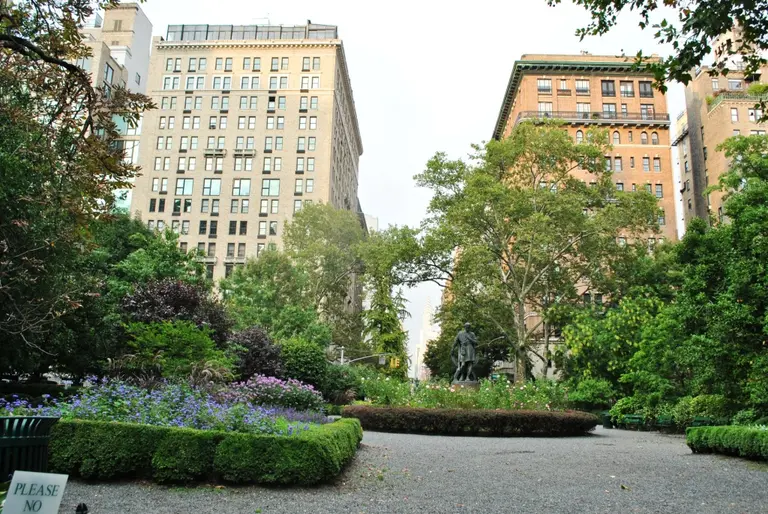
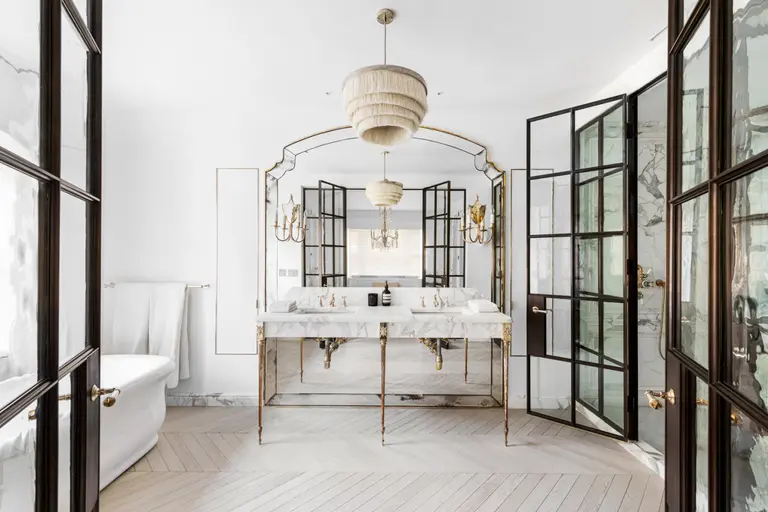












Wonderful history 👏